Releasing the World Wide Web software into the public domain revolutionised global culture, helping people share information more widely than ever before. This was a key moment in CERN’s long history of open science, a movement which aims to make scientific research and its applications accessible to all. CERN’s founding convention gave the Organization an early mandate for open science, a principle which is now a cornerstone of European research policy.
The CERN Open Science Office, set up in 2023, helps ensure CERN remains a world leader in open science practices. From 15 to 17 September, they worked with OpenAIRE to host the Open Science Fair (OSFair 2025) at CERN Science Gateway. Occuring every two years, this fair brings together open science practitioners from around the world to help widen access to scientific research.

This year, 353 participants from 43 countries came together to discuss the future of open science. This included not only researchers, librarians and data stewards, but also funders, infrastructure providers, publishers and many more who are actively working to open up science. Discussions at the conference centred around five key topics: impact measurement and monitoring; research security; digital infrastructures; skills and community; and research assessment.
“The increasing complexity of global challenges demands collective, international solutions,” said Kamran Naim, Head of Open Science at CERN. “Openness in research must be continually nurtured through collaboration, creativity and sustained dedication. This year’s fair developed ideas to strengthen open science: both as a core value and as a working model for research that serves society.”
Recordings and materials are available from the CERN Document Server and the OSFair Zenodo Community.
